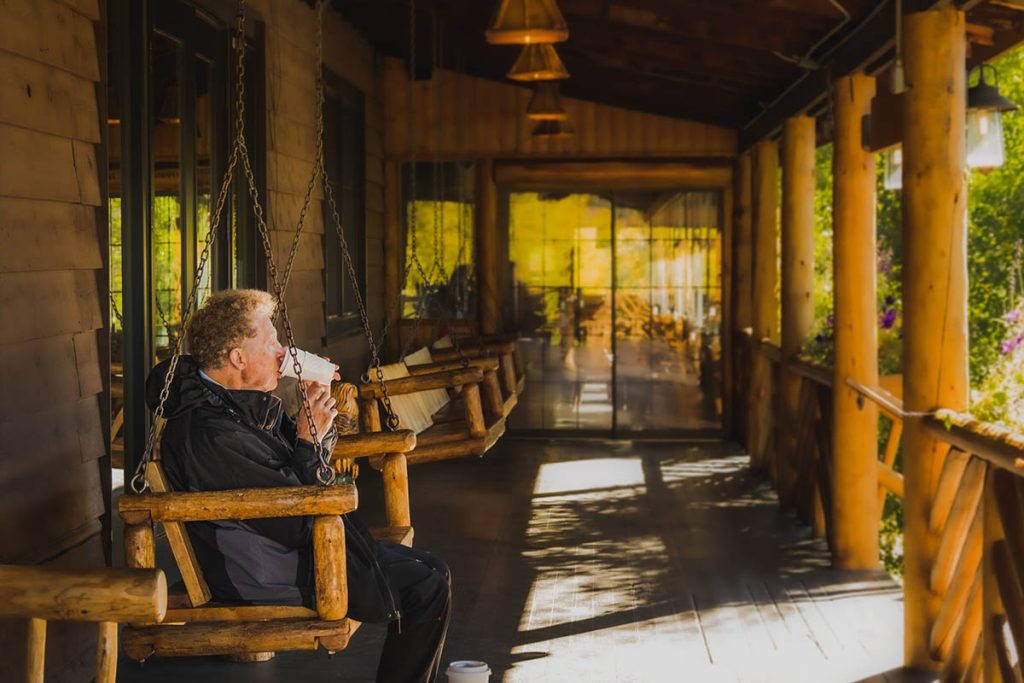
Retirement provides a precious chance to delve into your interests, experiment with novel hobbies, and experience the world without the burden of work. It signifies a shift towards seeking life satisfaction rather than simply fulfilling work-related responsibilities. People are retiring with youthful zest, and their professional background enriches them with various insights to share. They now have the liberty to pursue their passions with gusto and make the most of their later years.
My friend Sharon is a great example.
After years of toiling away as an auditor for the IRS, Sharon decided it was time for a career change – and she had just the right idea. She had always been passionate about animals, so when the opportunity to retire early arose, Sue knew exactly what she wanted to do with her life: become a dog rescuer.
Sharon gets out to the shelters and dog pounds most days, looking for adoptable dogs who need homes or nursing little friends back into good health before finding them loving new families. It’s hard work but incredibly rewarding, something she hadn’t experienced in her desk job at the IRS. Sharon now spends much of her time nursing sick or injured pups back to health before finding new homes through adoption centers or private owners.
The joy this gave her is immeasurable; not only does Sharon get to do what she loves, but seeing her fur babies go from sad and scared strays into loving members of someone’s family makes every long day worthwhile. And best of all? There were no grumpier taxpayers or grueling office days.
Retirement is often considered one of life’s most precious gifts. So, now the question is: How can you discover your “Second Act”?
1. Rediscovering Passions

After a lifetime of working, raising kids, and caring for others, losing sight of your passion is easy. Retirement offers the opportunity to rediscover hobbies and interests sidelined earlier in life. Whether painting, writing, reading, playing music, or gardening, nurturing these passions is essential. Engaging in activities that bring joy and satisfaction can help boost mental health, prevent cognitive decline, and add purpose to life.
2. Starting a Side Business

Retirement doesn’t mean cutting off all income sources. Many older folks have discovered the joys of starting a side business doing something they love. From baking to crafting, teaching to consulting, the possibilities are endless. Not only does it provide an additional source of income, but it also satisfies the need for social interaction and productivity. Starting a second act doesn’t require a huge investment; it’s about leveraging skills and experiences to offer something valuable to others.
3. Volunteering

Retirees have a wealth of knowledge and experience that can be used in the community. Volunteering in a cause that aligns with personal values can bring fulfillment and joy. From mentoring young adults to serving meals at a homeless shelter, there are plenty of ways to give back. Volunteering helps others and fosters a sense of purpose and belonging.
4. Traveling and Cultural Immersion

Retirement is also the ideal time to indulge in travel and cultural immersion. After a lifetime of work and responsibilities, it’s time to explore the world and experience new adventures. It doesn’t have to be a luxurious or expensive trip; it can be a road trip to national parks or a cultural exchange program in a foreign country. Traveling provides an opportunity to learn about new cultures, meet new people, and gain a fresh perspective.
5. Embracing Mindfulness

Retirement offers a chance to slow down and savor the moments that matter. It’s a time to reflect on life and practice mindfulness. Mindfulness means being present in the moment, appreciating the simple things in life, and finding joy in the ordinary. It could be as simple as enjoying coffee in the morning, taking a leisurely stroll in the park, or spending time with loved ones. Mindfulness can reduce stress, improve mental health, and add meaning to your life.
It’s always possible to find a purpose and positively impact the world. Retirement can be the beginning of a new journey full of adventure, joy, and contentment. So go ahead and explore the possibilities of your second act after retirement.
Empower Your Second Act

During your well-deserved retirement, confidence in your memory and cognitive abilities allows you to embrace any endeavor with gusto.
Stonehenge Health® Dynamic Brain is a meticulously crafted formula featuring an impressive blend of 40 unique ingredients.* Each one has been carefully selected, from Bacopa Extract to Huperzine A, DHA, Choline, and essential vitamins and minerals to support your brain health effectively. *
By incorporating Dynamic Brain into your daily routine, you may unlock the true potential of your cognitive abilities. * Make the most of your retirement by nurturing your mind with Dynamic Brain and embrace the limitless possibilities that lie ahead!




















